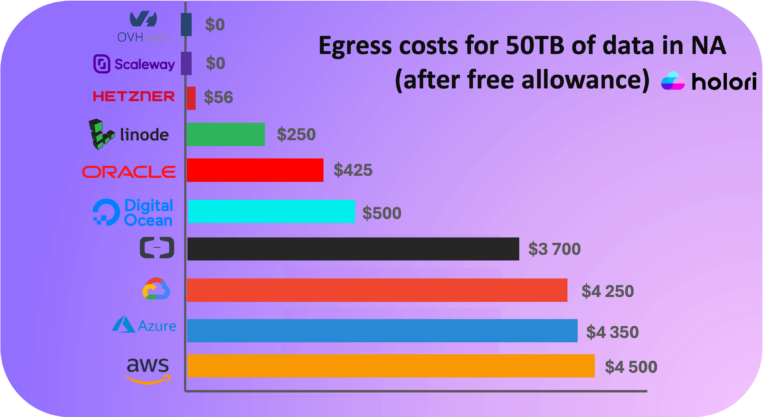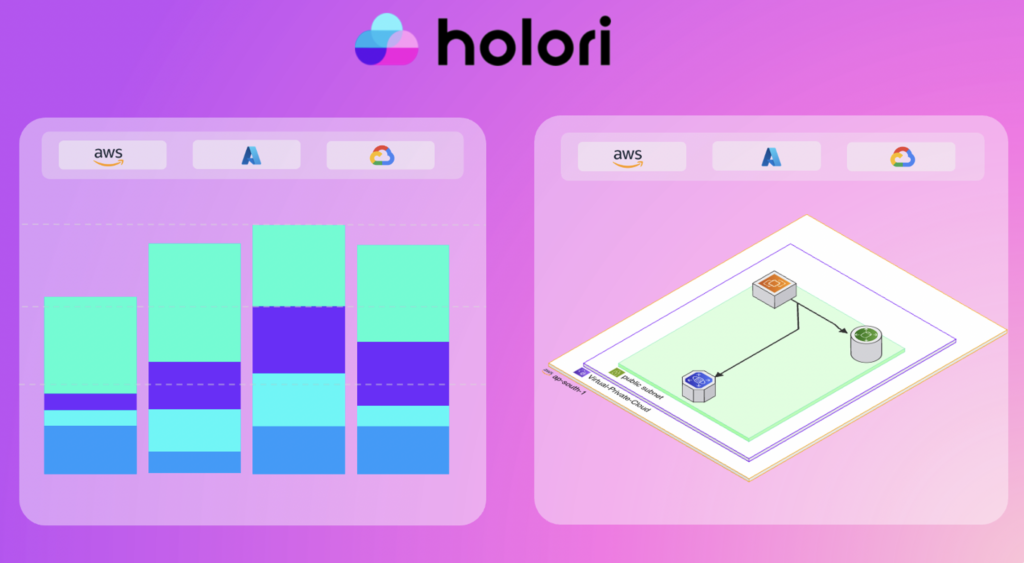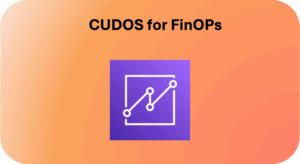Egress costs can represent an important part of your cloud bill. You know it’s typically the cost that you only see on your cloud bill at the end of the month and that you haven’t heard before? Indeed, its often surprising to realize that transferring your own data out of a cloud provider’s infrastructure incurs significant costs. Many consider it as a “racket tax”.
But here is the thing, this egress costs varies a lot across the different cloud providers. Actually, by comparing the cloud providers egress costs we notice that the larger the cloud provider, the higher the egress fees are. This is very strange and in this article we will explain why.
Cloud providers Egress costs comparison in 2024
We have gathered and put in perspective the egress costs at main cloud providers. We can see that there is a huge gap in terms of pricing. If you want to compare cloud providers Virtual machines, you can have a look at Holori calculator.
What Are Egress Costs?
In the cloud computing world, egress costs refer to the charges incurred when data leaves a cloud provider’s infrastructure. Whether you’re moving data from your cloud environment to a client’s device, transferring it between regions, or exporting data for storage in another location, cloud providers typically charge for this “outbound” data transfer. These costs often come as a surprise to many businesses because ingress—data that enters the cloud environment—is usually free or nearly free.
Egress charges are applied based on the amount of data you send out from your cloud environment, and these fees can accumulate quickly if you’re regularly moving large amounts of data.
What is Ingress?

Ingress refers to the process of bringing data into a cloud provider’s infrastructure, whether it’s uploading files, sending data from on-premises systems, or syncing information from other cloud services. Cloud providers often offer free or minimal-cost ingress as part of their service, encouraging businesses to adopt and use their infrastructure without barriers. By making ingress costs minimal, cloud providers lower the threshold for onboarding new data into their systems, thereby promoting growth in their cloud ecosystems.
However, once your data is in the cloud, the costs to move it out (egress) can be substantial, which leads to the next question…
Why Are Cloud Providers Charging for Egress?
Charging for egress is one way for cloud providers to recover operational costs related to data transfer and bandwidth usage. Transferring data out of a cloud network involves network resources, external routing, and various technical complexities that drive costs for the provider.
But the economics also play a significant strategic role. By making egress more expensive, providers subtly encourage users to stay within their ecosystems, fostering vendor lock-in. When businesses realize the hefty price tag associated with moving their data to another platform or location, they are often disincentivized from making a move. This pricing strategy is a key part of the competitive landscape in cloud services.
But Why So Much Disparity Between Big and Small Providers?
When comparing cloud providers, there’s often a significant disparity in egress pricing between large players like AWS, GCP, and Azure, and smaller or regional providers. Interestingly, smaller providers tend to offer lower egress fees, even though they don’t operate at the same massive scale as the major players. These smaller providers usually prioritize cost efficiency to attract customers who are concerned about the high charges associated with large cloud providers.
In contrast, larger providers often charge significantly more for egress. While they have massive economies of scale and vast global networks, their higher egress fees are largely a strategic move. Big cloud providers use egress pricing as a mechanism to create vendor lock-in. By making it expensive to transfer data out of their platform, they discourage customers from migrating their workloads to other providers or building multi-cloud solutions.
The cost of leaving the ecosystem is so high that many businesses find themselves staying with these large providers, even when they might find better pricing or solutions elsewhere. This disparity highlights how the major players leverage their dominant position to retain customers, making egress fees not just a cost-recovery tool, but a critical part of their competitive strategy.
Last but not least, it’s important to state that hyperscalers are applying very high margins on those egress costs. As you can see in the below chart, the internet transit price has decreased significantly over the years but Hyperscalers don’t reflect it enough.

What Has Changed in 2024?
One of the most notable shifts in the cloud industry in 2024 is the announcement from major providers—GCP, Azure, and AWS—that they would no longer charge egress fees for customers who are migrating off their platforms (leaving for good). This marks a significant change in the way cloud providers approach data transfer costs and is likely a response to growing customer dissatisfaction with vendor lock-in and high egress fees.
This strategic shift has been initiated by GCP in January 2024. You can read their announcement here. It has been quickly followed by Azure and AWS that announced it less than 2 months after GCP. So now when you decide to leave for good one of this provider, then you don’t need to pay any egress costs to gather your data. Without the European Data act, this strategic move would have probably not happened.
Techniques to Keep your Egress Costs Down
While the new policies on migration are welcome news, many organizations are still grappling with high egress costs for regular data transfers. Fortunately, there are strategies you can implement to mitigate these charges:
- Optimize Data Transfer: Compress data before transferring it out of the cloud to reduce the total volume. This reduces the amount of data for which you are billed.
- Leverage Cloud-Provider Tools: Many cloud providers offer built-in tools to optimize data transfers. For example, AWS has tools like S3 Transfer Acceleration, which speeds up data transfers and can lower costs in specific use cases.
- Use Content Delivery Networks (CDNs): CDNs like Cloudflare, Akamai, or AWS CloudFront can cache content closer to your users, significantly reducing the need for repeated egress and cutting down on data transfer fees.
- Stay Within a Region: Transferring data within the same region is typically much cheaper than moving data across regions or between different cloud providers. Where possible, try to minimize cross-region data transfers.
- Avoid transferring data from expensive regions: Egress costs varies significantly between regions. Choosing wisely the regions can impact your cloud bill positively.
- Evaluate Multi-Cloud and Hybrid Approaches: Instead of moving all your data off a single cloud, use a multi-cloud or hybrid strategy. Some businesses store data that rarely needs to be transferred out in more cost-efficient platforms, keeping operational data in higher-cost, high-performance environments.

How Holori can help with your cloud Egress Costs?
Last but not least, use third party FinOps tool to discover, understand and optimize your cloud egress costs. With Holori you can visualize your infrastructure with a diagram view which makes it easy to understand how your assets are configured. Moreover you can switch to the dashboard view and dive into your usage costs to understand the egress costs for each resource.
We offer a 14 days free trial so you have nothing to lose. Sign up now !







